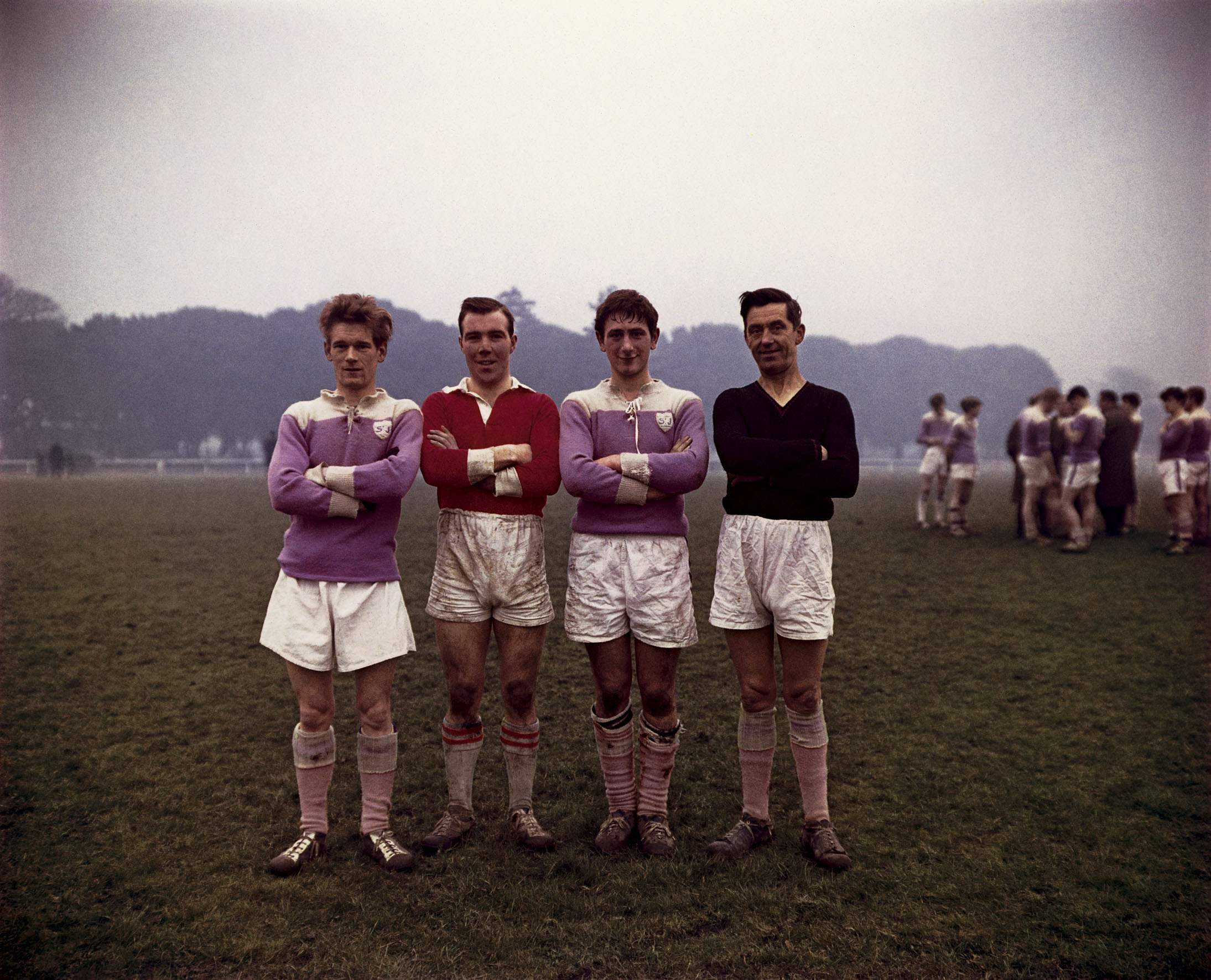Evelyn Hofer’s career spanned a period of more than fifty years, from 1946 to 1998. As a young girl from Germany, she took private lessons from the Swiss photographer Hans Finsler (1891-1972). In 1947 she moved to New York, where she was taken on by Vogue as a fashion photographer. Finding fashion photography too restrictive, she seized her opportunity to diversify when asked to illustrate Mary McCarthy’s travel book The Stones of Florence. In the many books she illustrated in the course of her career, she invariably managed to get under the skin of the town or country concerned. The pictures she took for V.S. Pritchett’s book on London, for instance, reflect the reserved yet humorous nature of Londoners and their city. She achieved this by visiting key places or buildings in differing light conditions and varying the filters on her camera until she had captured the perfect image. In addition to tho books on Florence and London, Hofer also provided incisive images for books on other parts of Italy, and on Dublin and New York. In the sixties and seventies, Hofer worked regularly for periodicals such as The London Times, Vanity Fair and the New York Times Magazine, for which she photographed well-known artists like Balthus, Roy Lichtenstein, Ed Ruscha and Julian Schnabel and literary figures like the poet Marianna Moore. For Life she produced 'Just Married', a series of disarming photos of newly-married couples, taken in New York on a random day in 1974. From the sixties on, Hofer became a familiar figure on the New York art scene as a result of her friendships with people like Saul Steinberg and Hans Namuth. In 1977, her exhibition at the Witkin Gallery made her an ‘official’ member of it. During the eighties and nineties, she concentrated mainly on autonomous work; she produced photographic essays about the Basque country and portrait series featuring people in the Swiss village of Soglio, where she herself once lived. In the mid-nineties, she worked in her New York studio creating still lifes reminiscent of 17th-century paintings. Painting was always a major influence. Rembrandt was one of her main sources of inspiration, not only because of his perfect command of chiaroscuro but, because of his ability to lay bare the very souls of the people he portrayed. Just as she captured the character of a city, so she strove to reveal the individual essence of her human subjects. Generations of photographers are indebted to Hofer. For many years, her absolute technical proficiency attracted a constant stream of young photographers wishing to gain experience with her or work as her assistants. As a result, Hofer trained countless young practitioners and is a household name in the world of professional photography. This has made her “the most famous ‘unknown’ photographer in America”, as one professional photo-journal put it in 1987. Via this first major retrospective in Europe (featuring 102 of her photographs), the Hague Museum of Photography hopes to remedy this wider public ignorance once and for all. The exhibition is realised in collaboration with Galerie m in Bochum, Germany.
Retrospective
03 Jun — 03 Sep 2006
Buy tickets
From black-and-white to colour, from architectural subjects to the art of portraiture, from commercial assignments to autonomous creations: this retrospective of work by Evelyn Hofer (b. 1922) at the Hague Museum of Photography will demonstrate that this is a photographer with a complete mastery of a wide range of genres. Her painterly photographs are highly individual in style and a source of inspiration for many of today’s photographers. Whether working for Vogue or Harper’s Bazaar, making a portrait of Andy Warhol or recording historic buildings in Florence or the jazzy life of New York, Hofer always achieved serene and meticulous compositions featuring a perfect balance of light and dark.
